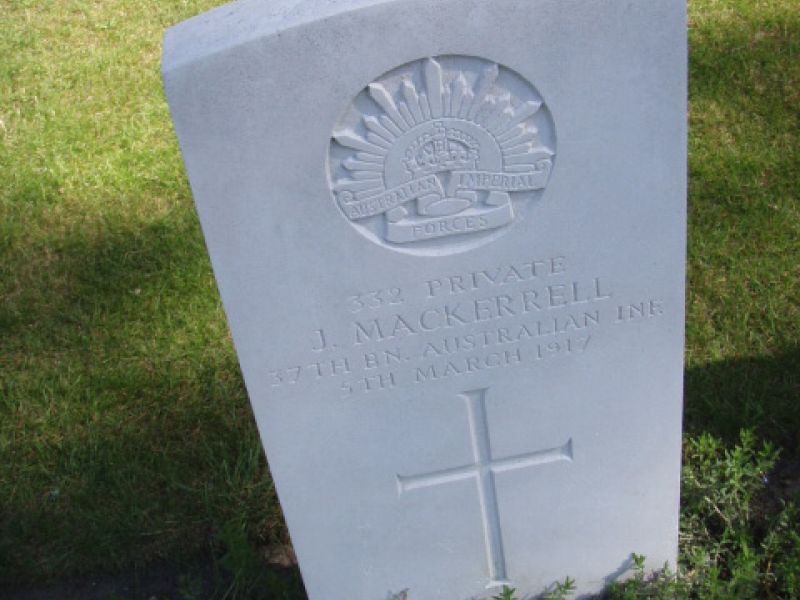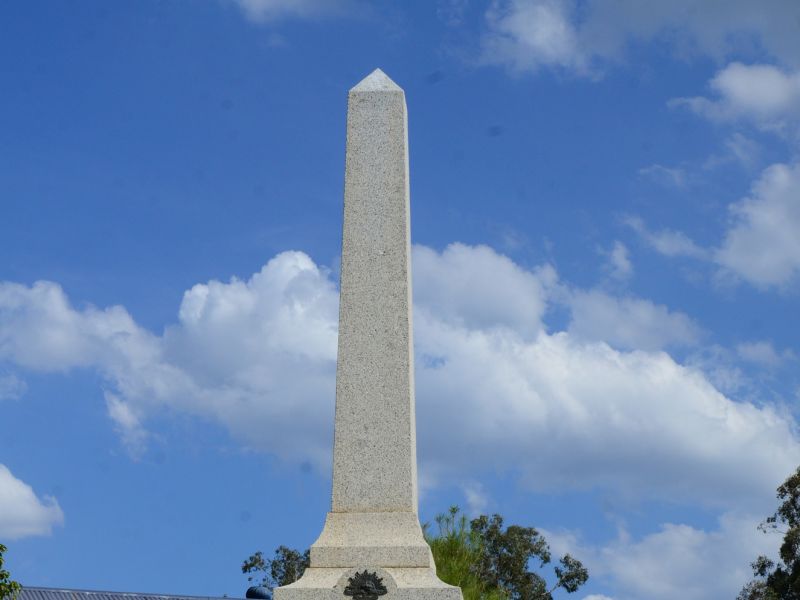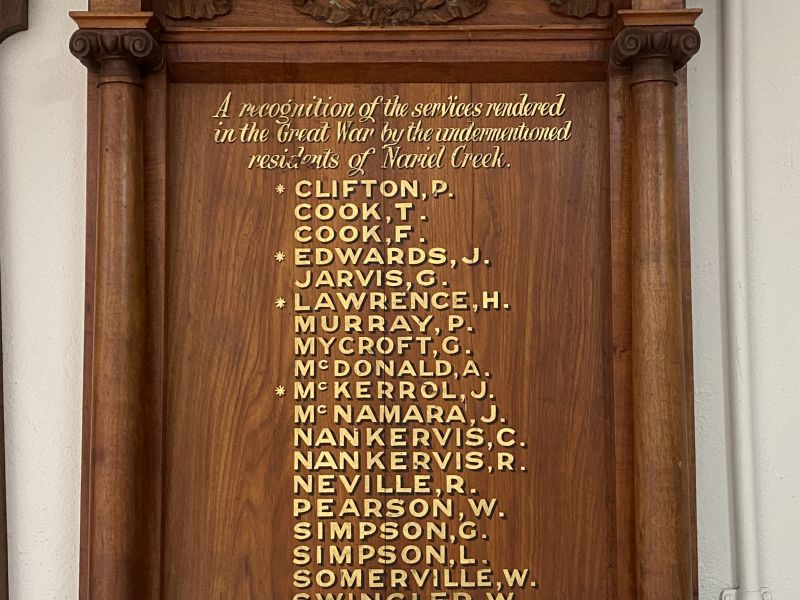John Mackerrell
John Mackerrell (also spelt MacKerral) was born on the 5th of May, 1890, at Port Ellen on the Isle of Islay, a small Scottish island of the Inner Hebrides, only 40 km north of the coast of Ireland. John would be the eldest of four children for William and Lily (née McMillan) Mackerrell. He attended school at ArdBeg, on the island.
William’s trade was that of a cooper, which was a person who made wooden barrels. No doubt he was employed by one of the many whiskey distilleries that the island was famous for. John would spend his short life working as a gardener and farmhand, on Islay and in Australia.
On the 23rd of December, 1911, at 50 Wellington Street Glasgow, John Mackerrell, a gardener, married Agnes Arthur, a 28 year-old domestic servant from Lightshaw in Muirkirk, Scotland. In June of the following year, their first child, Jeanie, was born at Muirkirk, Ayr. However, John was not present at the birth of his first child as on the 10th of February of that year, 1912, he boarded the ship Norseman at London and travelled to Australia. It is not known when Agnes joined John in Australia however their second child, a boy named William, was born in 1914 at Corryong. Another son, George, was born sometime after that.
It is not known exactly where John went after embarking at Sydney, however at sometime, possibly around 1913 or 1914, he and his family, were living and working on the Atree farm at Nariel, about 30 km south of Corryong.
John enlisted in the 1st AIF on the 3rd of February 1916 at Tallangatta. He was allocated the service number 332 and, on the 2nd of March, was posted to A Company of the 37th Battalion for recruit training. The battalion was part of the 10th Infantry Brigade of the 3rd Division, the commander of which was (then) Major-General John Monash, a brilliant commander who would be later recognised with a knight in the field by King George V.
The 37th Battalion, along with John and the rest of the 10th Infantry Brigade, embarked on HMAT A34 Persic on the 3rd of June, 1916, at the Port of Melbourne. They would disembark at Plymouth on the 23rd of July. Training began in earnest around Salisbury Plain and in the surrounding Wiltshire countryside. John was admitted to the 10th Brigade Field Hospital on the last day of September suffering from an eustachin catarrh, or an inflamed eustachian tube. He was transferred to Fargo Hospital in Wiltshire on the same day and, after a period of convalescence, joined the 10th Training Battalion on the 13th of November.
John proceeded overseas to France via Folkstone on the 20th of December on the Princess Victoria. He immediately marched into the 3rd Australian Divisional Base Depot at Etaples, rejoining his battalion in the field on the 15th of January.
Whilst in this sector, the battalion patrolled no man’s land and was involved in conducting trench raids on the German positions. These were done to harass the enemy and identify German units for purposes of intelligence, as well as to maintain morale among the troops. It was on one of these raids that John was wounded in action. This happened on the 27th of February, 1917. He was taken to the 10th Australian Field Ambulance with gunshot wounds to the left thigh. On the same day he was moved along to the 1st Canadian Casualty Clearing Station and then transferred to Ambulance Train later in the day. The following day, the 28th of February, John was admitted to the 3rd Canadian General Hospital at Boulgne, France. On the 4th of March he was placed on the Hospital Ship Cambria and sent to the King George Hospital in England. Unfortunately, gas gangrene developed in his wounds and he died early in the morning of the 5th of March.
On the 8th of March, John’s funeral was carried out by Chaplain Austin of the Administration Headquarters based in London and was held in the Chapel at the Brookwood Cemetery. The firing party also consisted of members attached to the administrative headquarters. After the firing of the volley, the last post was sounded, and John was interred in the non-conformist section of the Australian Burial Ground of the Brookwood cemetery. John’s brother, Duncan, was in attendance at the funeral and decided to leave the erection of a memorial in the hands of the Commonwealth Military Authorities.
Correspondence in John’s file included letters written by his wife, Agnes, to the Officer in Charge at Base Records in Melbourne. While she acknowledged the receiving of a few of John’s effects, she asked about whether a pocket notebook had been found amongst John’s possessions. She mentioned that it was a presentation to John and that it contained a photo of their three children along with letters and papers that John told Agnes he always carried around with him. The words “acknowledge by printed card” is stamped across the letter, but there is no indication of whether the notebook had been found.
A War Pension of £2 per fortnight was granted to Agnes, while Jeanie received 20/- per fortnight, James 15/-, and George 10/- per fortnight. It is not known how long this lasted as, sometime after March of 1919, Agnes took the three children back to Scotland where they settled initially in Lanarkshire. John’s memorial plaque (often referred to as the dead man’s penny) and scroll was sent to the family, but was returned to the Base Records Department.
John is remembered at the Australian War Memorial Roll of Honour, the Corryong War Memorial, the Port Ellen War Memorial and the Scottish National War Memorial. For his service, he was awarded the British War Medal and the Victory Medal.

 Stephen Learmonth
Stephen Learmonth
